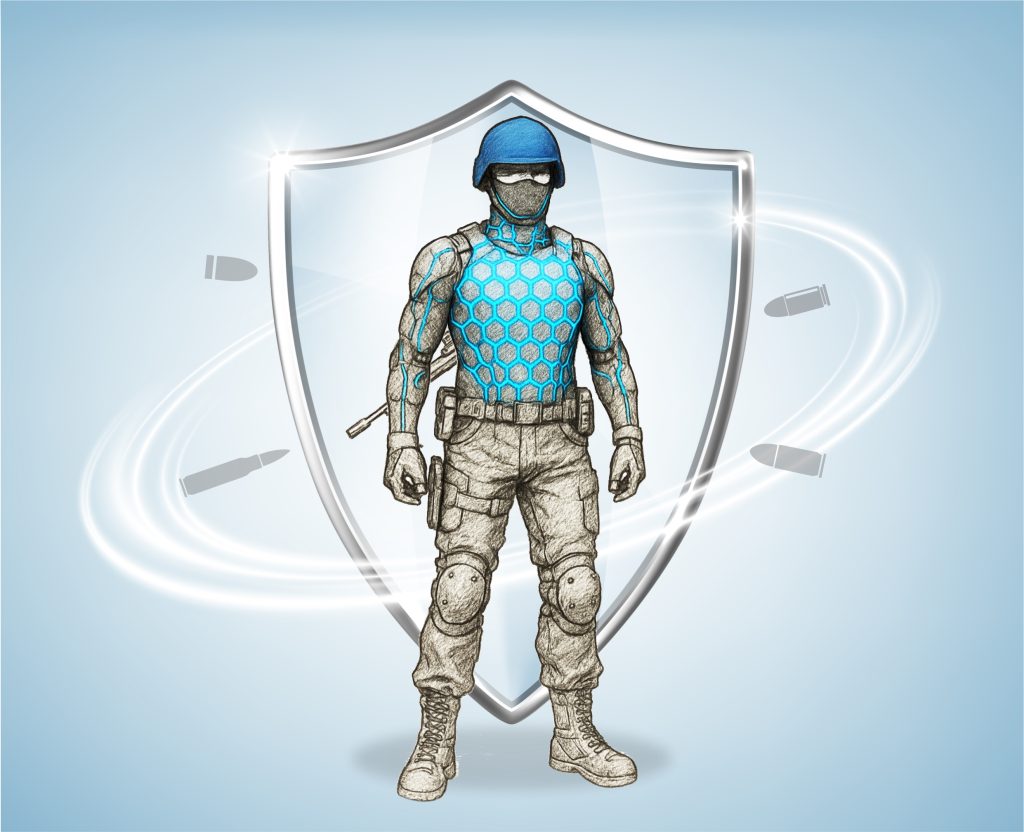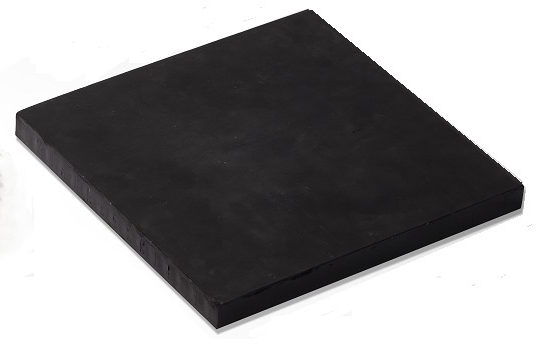When soldiers operate in high-intensity combat zones, providing the best possible resources to ensure their safety and comfort is a priority. Personal armour that protects soldiers against a variety of arms and ammunition while allowing them agility is an important part of this.
Ballistic threats to soldiers in conflict zones have become more precise and targeted than ever, with the advent of new technologies. These developments have meant that protection technologies and materials must keep up.
The use of high-velocity rifles, machine guns, tanks and aircraft has prompted advances in personal armour materials too. Providing light yet high-performance body armour is the way forward in frontline protection.
Over the last few years, technical ceramics have steadily grown into the option of choice for ballistic protection materials, with wider applications in defence. A great example is CUMI’s body armour material engineered from Reaction Bonded Silicon Carbide (RBSiC), high purity (99.5%) alumina, and Zirconia Toughened Alumina (ZTA). Advanced ceramics are popular for being remarkably lightweight, durable, and easy to customise. Thanks to their impeccable dimensional stability and structural integrity, body armour manufactured from these materials can weather extreme fluctuations in environmental conditions.
Zero-compromise protection through quality assurance
Since defence of frontline troops is the primary consideration, there can be no room for compromise in protection quality and standards, which are defined at the global level. Standardisation and testing are critical to identifying the most effective armour for soldiers and civil security personnel. These provide a baseline to govern and define armour solutions, which must be frequently upgraded to remain relevant and successful at what they are meant to do.

For instance, the US-based National Institute of Justice (NIJ) (for bulletproof jackets) and NATO’s STANAG 2920 (for bulletproof helmets and shields) are globally recognised for assessing personal protective equipment. Besides, India has its own set of standards issued by the Bureau of Indian Standards (BIS) and the Directorate General of Quality Assurance (DGQA) under the Union Ministry of Defence. The IS 17051:2018 standard specifies key product and performance parameters for bullet-resistant jackets used by military, law enforcement and civil security personnel for protection from ballistic threats.
CUMI’s strong domestic supply chain for materials, best-in-class processing capabilities, and globally benchmarked and competitive products help set us apart.
Realising 100% Made-in-India to global benchmarks
At this juncture in India’s journey towards self-reliance in defence, standardisation and compliance with globally recognised protection standards serve as checkpoints for multiple reasons. Besides giving a competitive edge in the global marketplace, it elevates customer trust in the quality and reliability of a domestic manufacturer’s products. Moreover, this trust forms the basis of long-term collaborations in R&D to shape future-ready body armour and a self-reliant and robust ecosystem that competently meets the changing defence needs of the nation’s armed forces.

DID YOU KNOW?
CUMI actively partners with government and academia to develop next-generation lightweight armour solutions that can counter evolving ballistics threats. Our patented Zirconia Toughened Alumina composite armour panels, developed with DRDO-DRML, recently received global certification from Industrieanlagen-Betriebsgesellschaft MBH (IABG) in Germany.
Read more about our innovations for armoured vehicles here.
The innovation in materials science in the domestic market must continue for India to secure the stamp of self-reliance in defence. For instance, nanomaterials such as graphene show great promise in future armouring. Among graphene’s potential applications in defence and aerospace include graphene-induced ceramics/polymers for enhanced performance, as protective thermal barrier and anti-corrosive coatings, specialty elastomers with enhanced mechanical strength, fatigue resistance, durability and vibration dampening, and as graphene-based conductive inks in electronic components such as sensors.
Another cutting-edge innovation in materials that is slowly gaining ground for immense potential in defence is Phase Change Materials. Soldiers can benefit from jackets easily adaptive to extreme variations in temperature while increasing comfort and survivability.
As well-designed and certified personal armour becomes more accessible, it must be extended to protect personnel in civil security, police, and other paramilitary forces as well. Indian materials science companies must seize the opportunity to explore these possibilities to usher in a new era of frontline protection against an array of threats.

